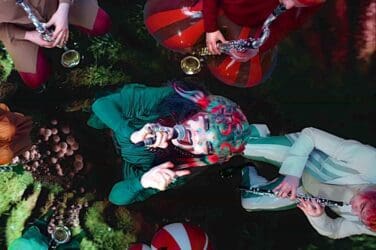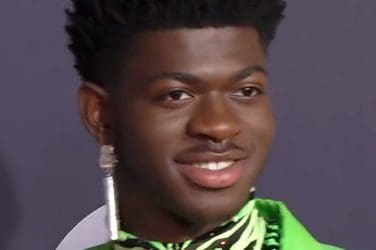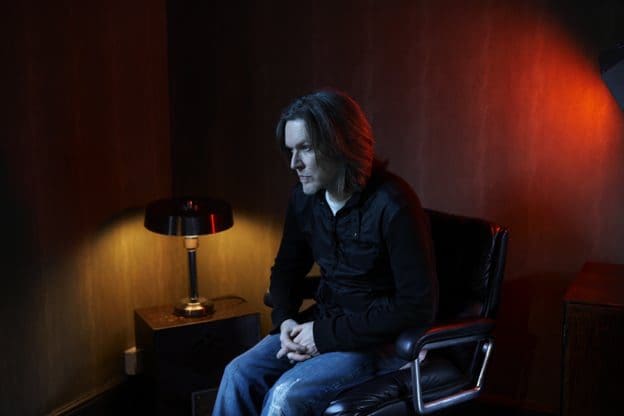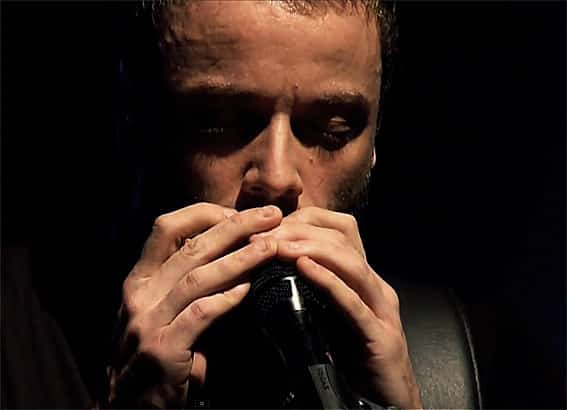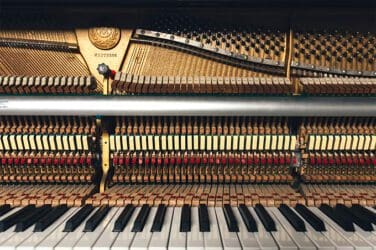words Sarah Lavigne
“Supporting the music sector, spreading knowledge, enhancing connection, exchange and collaboration. These are the things we are really not prepared to give up”. In a time when the creative sector is under pressure and physical connections reduced, the words of Helen Sildna, Tallinn Music Week’s founder and director, cast a glimmer of hope over the current situation and set the themes of this exceptional edition of the festival.
After months of lockdowns, quarantines and isolation, reuniting with artists, fellow festival goers and music lovers brings back an almost forgotten sense of excitement, relief and freedom.
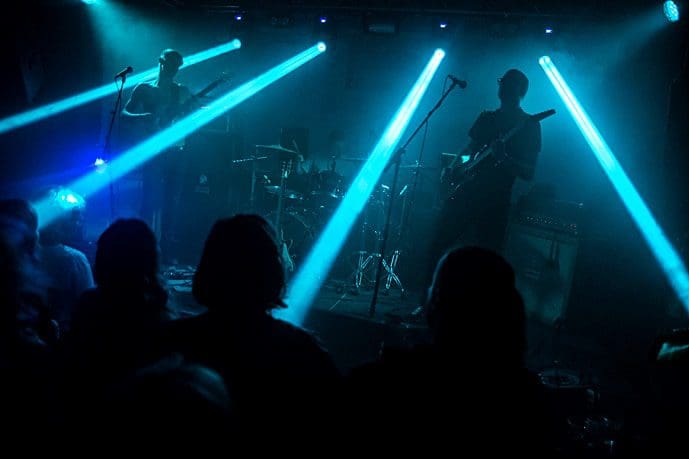
Most of Tallinn Music Week’s live music happens around the Telliskivi district – a huge Soviet era industrial complex on the edge of the medieval Old Town. Its grey brick walls, now clad in colourful street art, shelter independent design shops, restaurants, cafés and bars, some of which will stage the festival’s eclectic performances.
This year, the northern part of the Estonian capital is also in the spotlight with events happening at Noblessner, an old imperial Russia shipyard repurposed as a seafront cultural complex, alive with restaurants, bars, art centres and venues.
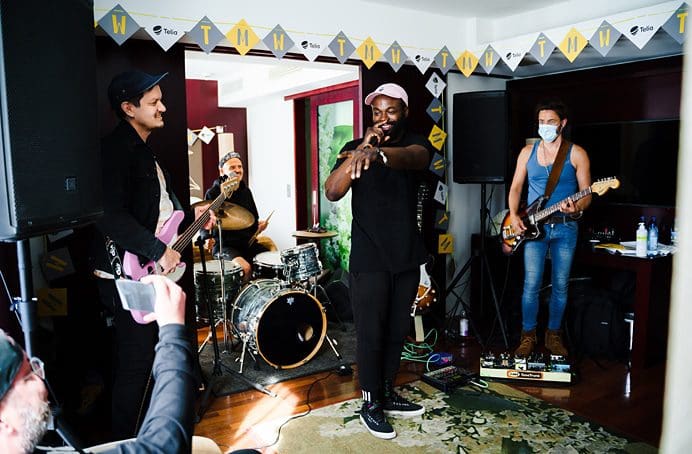
But it’s just east of the Old Town that the music kicks off. On the sixth floor of the Nordic Forum Hotel, Finland-based rapper and singer Jesse Markin is performing an intimate gig, a warmup for his evening showcase. His smooth vocals and groovy beats spill into the corridor, where the rest of the audience stand, tapping their feet – the luckiest ones cosy up on the suite’s couches and chairs.
A short distance away, on a temporary outdoor stage, Estonian folk duo Puuluup are also playing a warmup gig, mixing old and new, and connecting with the crowd through humour, harmonies and the strings of their talharpas – a Nordic lyre-like instrument, now mostly played in Estonia. From the youngest toddler to elderly fans, people respond by tapping their feet, clapping and joining in a two-step choreography.
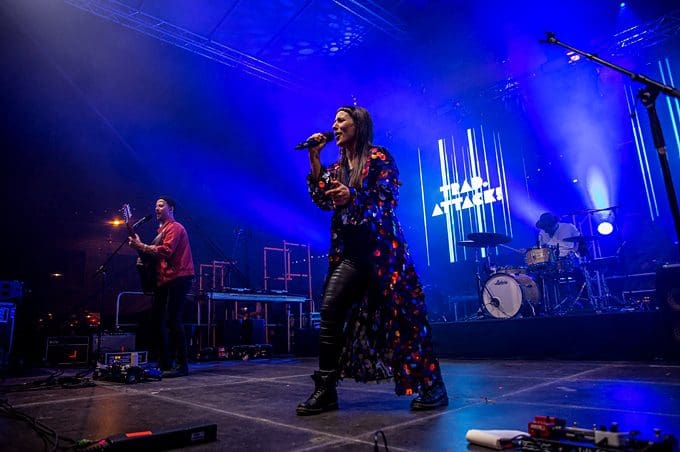
Perhaps because of their long history with invasions and occupations – Estonia has only been a free republic for 29 years – Estonians hold their identity close to their hearts. It’s no surprise then to see more Estonian folk artists on the programme. Among them, Duo Ruut and Mari Kalkun, two acts whose folkloric sounds and enchanting vocals stream with nature-inspired visuals to convey a poetic serenity. Faster paced are nonconformist trio Trad.Attack! who also take inspiration in old songs but rework them into danceable crowd-pleasers in a headline-worthy performance.
Although dominated by homegrown talents – some international artists had to pull out because of the pandemic – the line-up is anything but monotonous. A short walk along Telliskivi’s overgrown train tracks or a short shuttle ride to Noblessner shifts the sonic landscape from the virtuosity of jazz artists like the fabulous Titoks or the expressive Kadri Voorand, to the catchy electropop of I Wear* Experiment, the energetic ska of Angus or the theatrical post-metal of Juur.
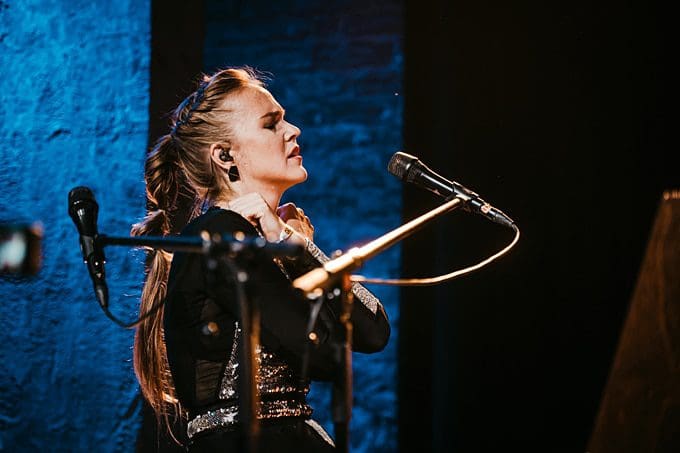
With over 100 bands and artists, all genres have a place at Tallinn Music Week. Metal bands from the Baltic region or Finland create walls of growling distortion for headbanging fans and the funky beats – of Lexsoul Dancemachine among others – get people moving. At Kauplus Aasia, a cool venue hidden in plain sight, avant-garde artist Valentina Goncharova, or electronic ambient producer Jasperino draw listeners into more experimental soundscapes.
But regardless of style, people are happy to meet again, and the vibe is relaxed, friendly, fun. As a somewhat anticlimactic move, Saturday night brings with it a strong rainfall and a Covid-related curfew on alcohol sales. Crowd numbers seem to dwindle from the previous days. Thankfully, it’s not long before the party starts again at Hall, a reconverted techno club in Noblessner, where Estonian and German DJs battle to keep bodies moving until the not so early hours.
Daytime at Tallinn Music Week is a more introspective affair. During a two-day conference, music industry professionals, academics, government officials and journalists meet physically or digitally to exchange ideas and knowledge and discuss current challenges.
Unsurprisingly, Covid dominates conversations, with the conference opening on a discussion about policies for the crisis. Panellists share relief measures put in place in their respective regions before discussing the need for long-term solutions, to create a truly resilient cultural industry and to protect all its actors. Representing the UK is Sound Diplomacy’s Shain Shapiro, who celebrates the coming together of the UK music industry in the successful #LetTheMusicPlay campaign, but also reminds us that the hardship is far from being over.
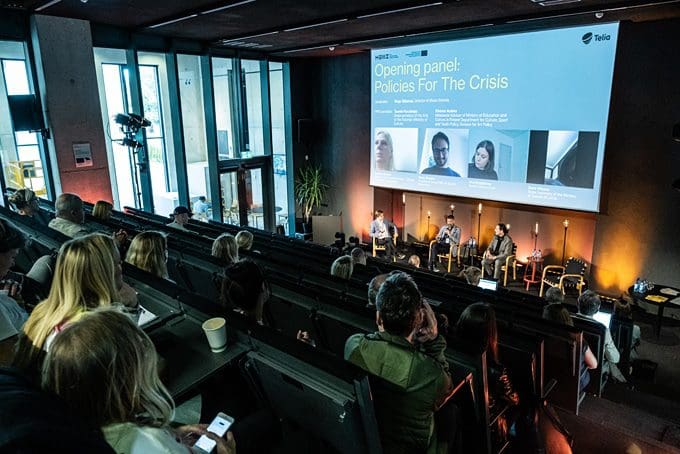
Another panel discussion, this time on the importance of community-building small music venues, underlines again the significance of the music sector in cultural, economic and political landscapes.
Other important topics are also on the agenda. Workshops, talks and interviews – including an exclusive Q&A with Estonia’s president Kersti Kaljulaid – unearth current challenges and seek to paint a picture of a truly diverse, equal and gender-neutral industry. One in which creators can also get their fair share. One which promotes a stronger link between fans and artists. And one which promotes sustainability.
In her opening speech, Helen Sildna reminded us that “[Tallinn Music Week] was created from the desire to put Estonian music and talent on the world map, to connect us to the rest of the world, to be a connector”. This desire has made Tallinn Music Week’s 12th edition possible. It has helped people to reconnect and share learnings, to push through these unprecedented times. But perhaps most importantly, it has provided a long overdue opportunity for thousands of frustrated music lovers to experience live music again.




